To what lengths would you go to experience totality? In the early hours of this morning, adventurous eclipse chasers got the chance to see a very rare eclipse that was tricky to observe.
On 20 April 2023 the Moon completely blocked the Sun, causing a rare sort of solar eclipse as seen from a narrow path through the southern hemisphere.
The eclipse began at 01:34 UTC on 20 April, with the greatest eclipse taking place at 04:16 UTC.
- Find out when the next eclipse is taking place
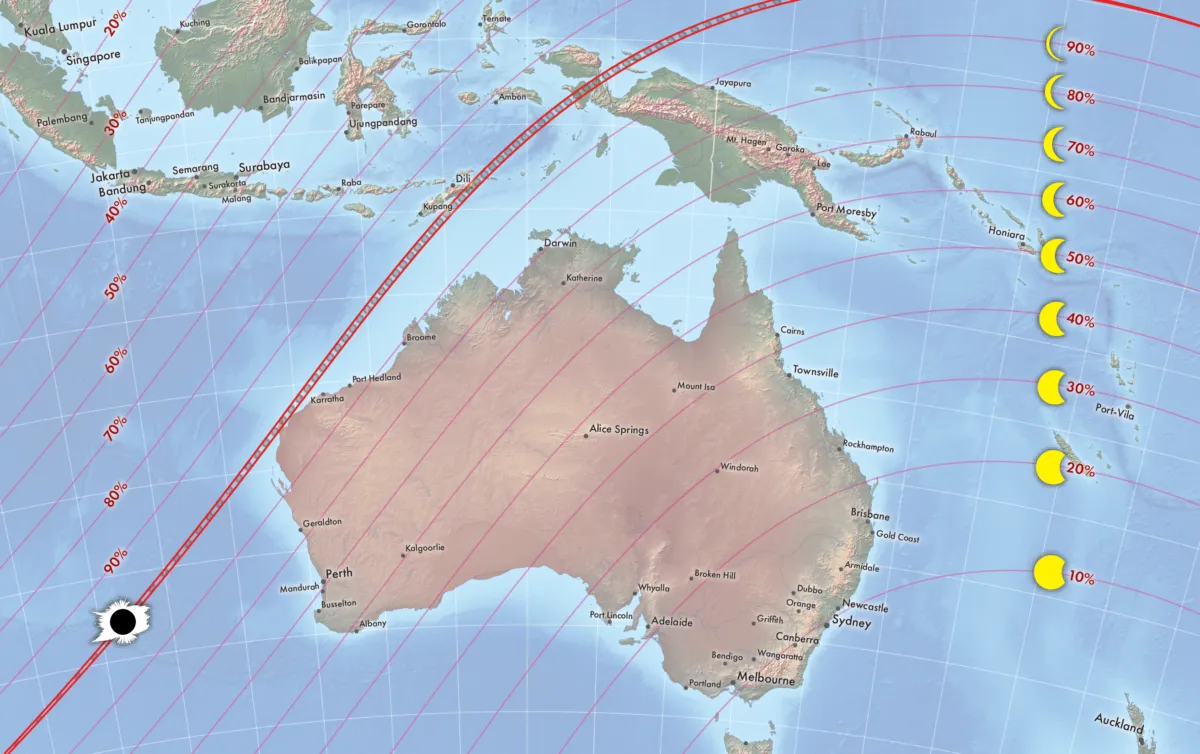
Beginning in the Indian Ocean at sunrise and ending at sunset in the Pacific, most of the path of the hybrid total solar eclipse - which has become known as the Ningaloo Eclipse - was at sea, visiting only brief strips of land in Western Australia, Timor-Leste and West Papua.
After the last two total solar eclipses in 2020 and 2021 were affected by Covid travel restrictions, the eclipse-chasing community could have done with a slightly more accessible event this time around.
That wasn't to be, though it's estimated that at least 20,000 people travelled to experience no more than 76 seconds of totality during the hybrid solar eclipse.
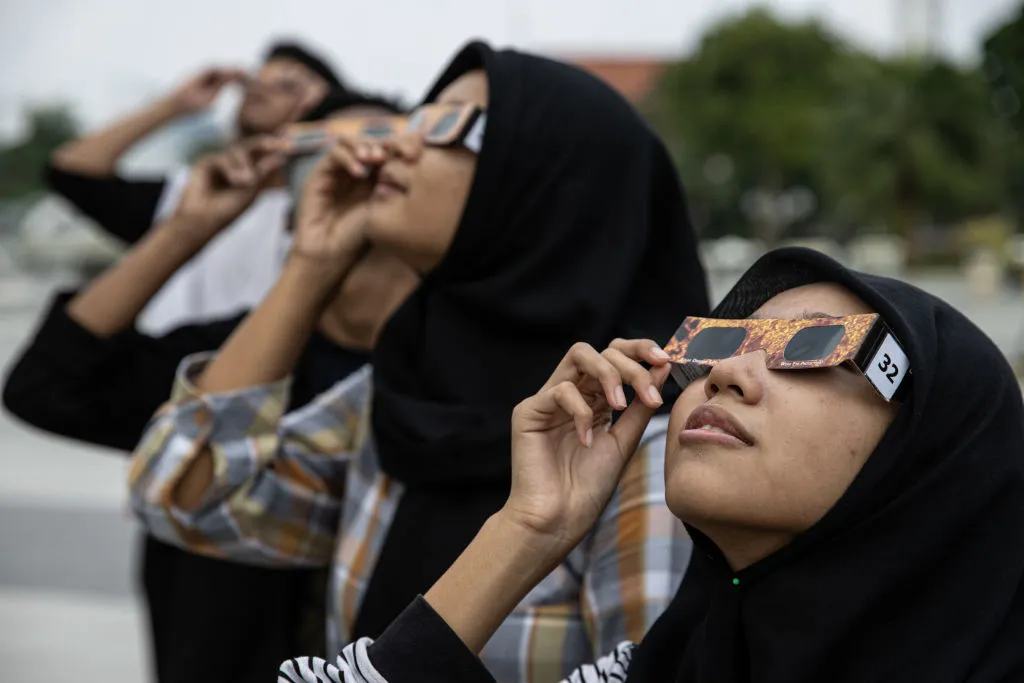
Coming just over 500 days since a total solar eclipse in Antarctica, this short eclipse was visible from a very narrow and hard-to-reach path across the globe.
This was a very rare kind of solar eclipse that occurs only seven times in the 21st century.
Read on to find out more, as we reported ahead of the eclipse
20 April hybrid solar eclipse news report
For this eclipse, the match-up between the apparent size of the Moon and Sun is so similar during totality that eclipse-chasers will likely see an extended display of Baily’s beads as a broken ring around the Moon just before and after totality (some of you may remember the spectacular image that won the 2016 Astronomy Photographer of the Year competition).
That alone is enough to get some eclipse-chasers excited, but should also be possible to observe an unbroken ring of the Sun’s red chromosphere just as totality begins and ends.
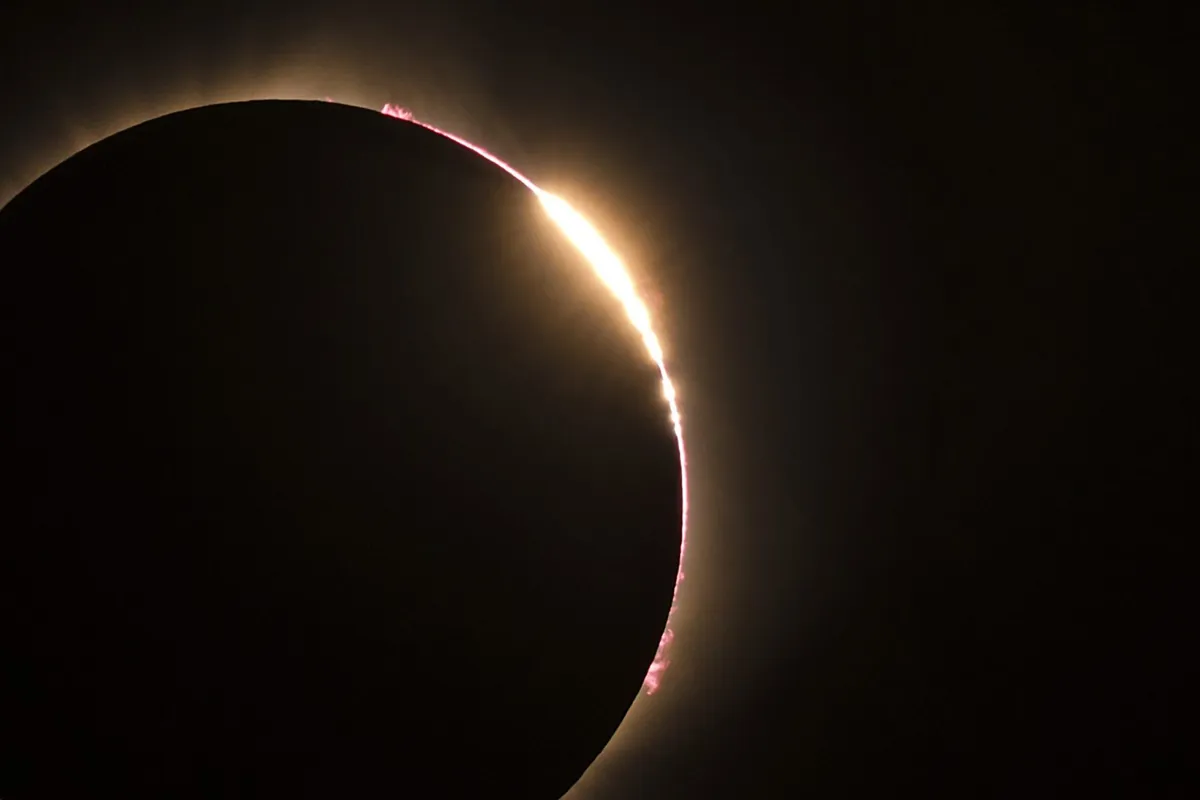
Why the 2023 hybrid solar eclipse will be so special
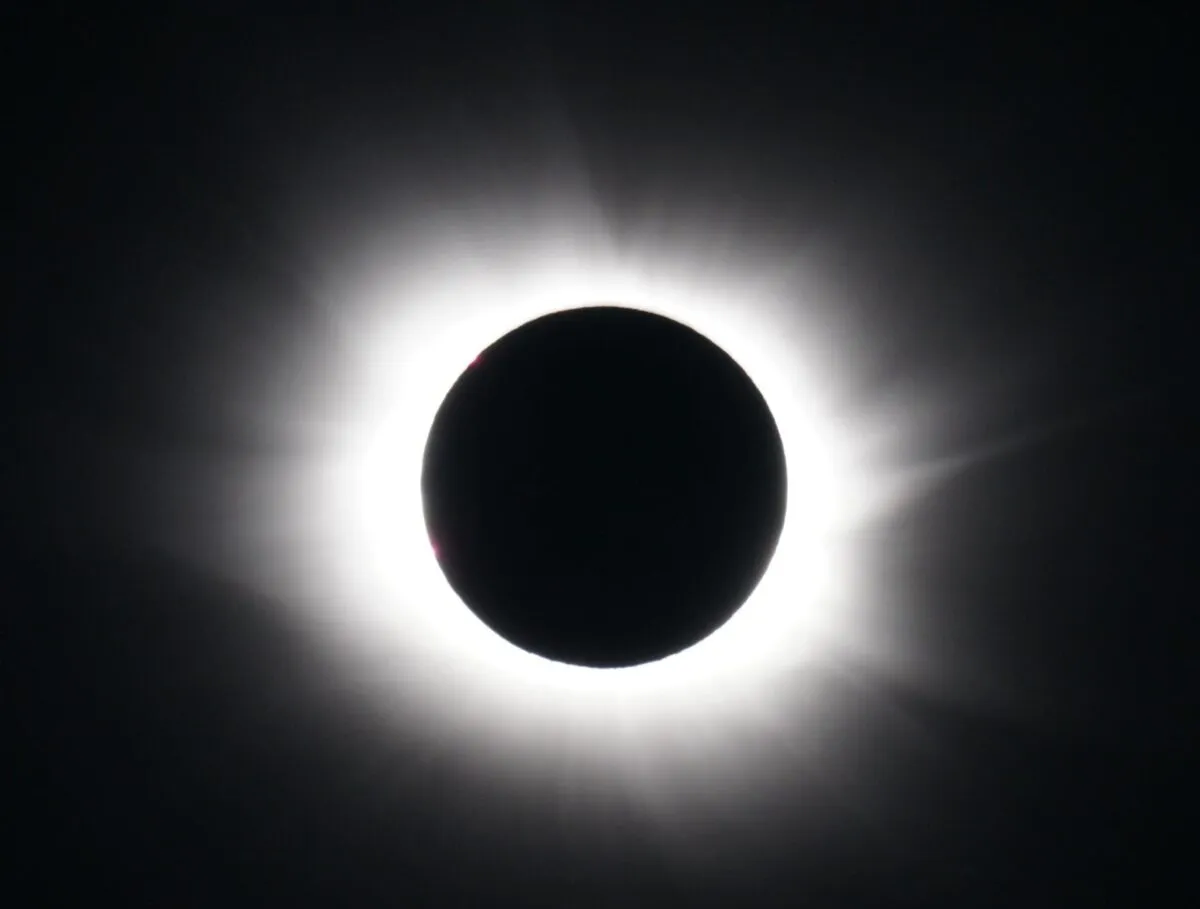
Tomorrow's total solar eclipse is technically referred to as a hybrid solar eclipse.
There are two types of central solar eclipse: total and annular.
During a total solar eclipse, the Moon entirely blocks the Sun for a few minutes and allows observers to see the solar corona with their naked eyes.
During an annular solar eclipse the Moon is slightly too far away from earth in its elliptical orbit, and so doesn't quite block all of the Moon, resulting in a ring around the Moon that can only be safely observed using solar eclipse safety glasses.
What happens during a hybrid eclipse is a bit of both.
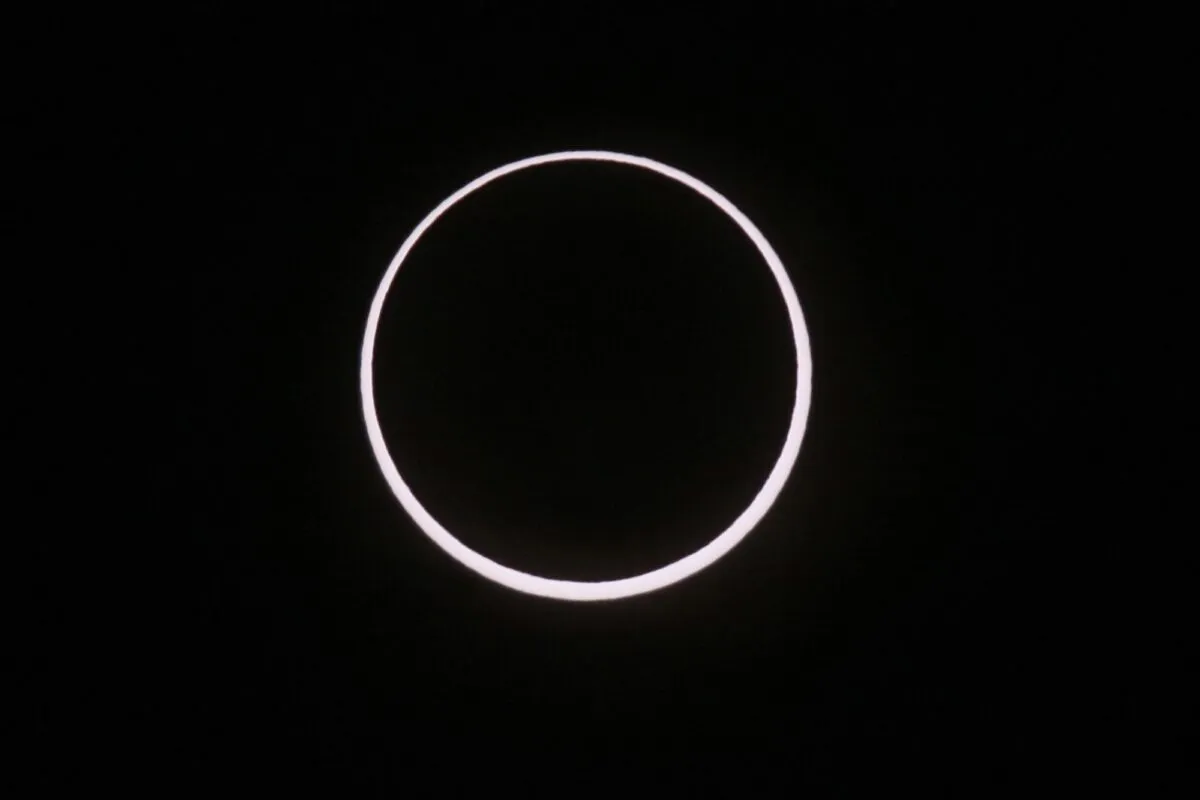
The curvature of the Earth means that the apparent size of the Moon changes slightly, depending on where you watch the eclipse from.
If you are close to the sunrise point, then the Moon will appear slightly smaller in the sky compared to if you watch the eclipse from the middle of the path, where you will be slightly closer to the Moon, simply because Earth is a sphere.
The range is so narrow that hybrid solar eclipses will only occur four more times this century, in 2031, 2049, 2050 and 2067.
On 20 April 2023, the celestial mechanics are so precise that for a few seconds an annular solar eclipse will occur near to the start and end of the path.
Practically speaking, this won't make much difference at all to eclipse chasers because the points where annularity will occur in extremely remote areas of the Indian and Pacific oceans.
Where and when it's happening
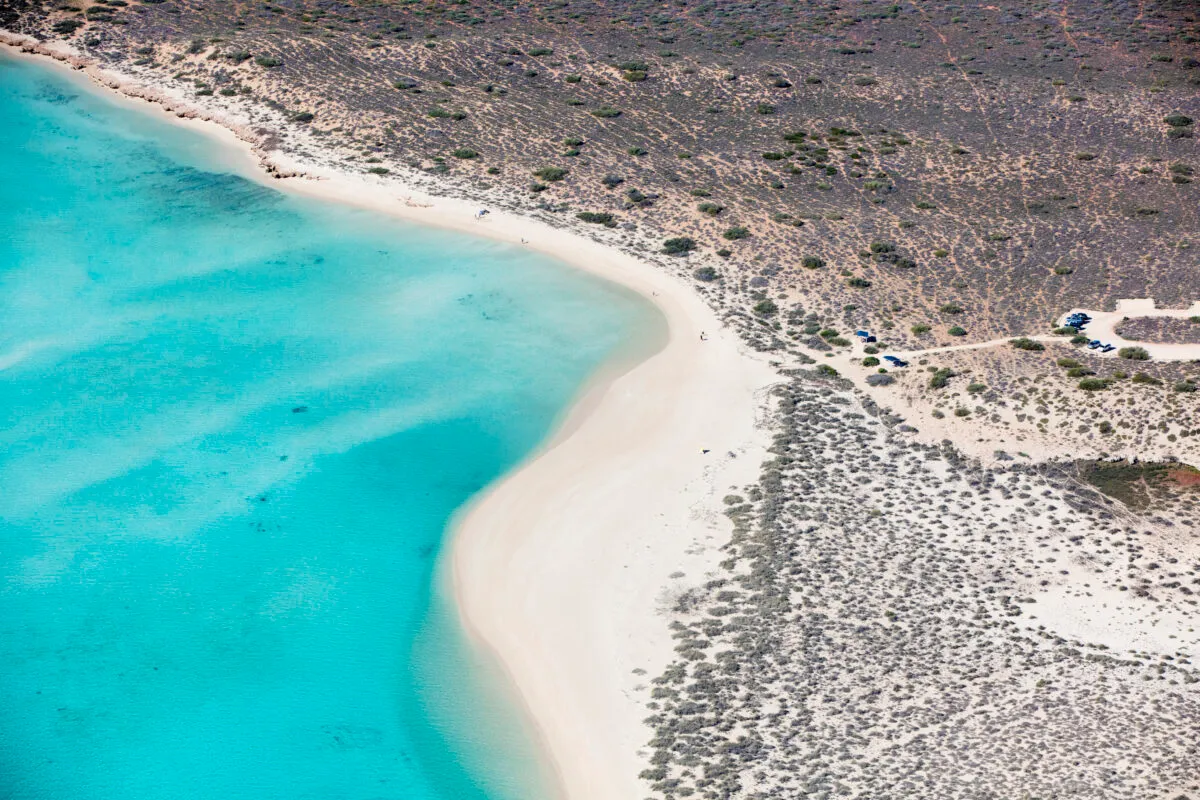
There are five main locations for observing totality this Thursday, which will last for around a minute for those watching near the centreline of the path.
The most popular place will be Exmouth Peninsula (60 seconds from 11:29 am local time), a remote part of Western Australia that the path of totality briefly passes over.
It’s about 1,270 km north of Perth and 1,400 km south of Broome, but it’s here that has the best weather prospects.
Around 20,000 people are expected to descend on the tiny town, population of 3,000, mostly in makeshift campsites now being set up by the local authorities (organised tours sold out long ago).
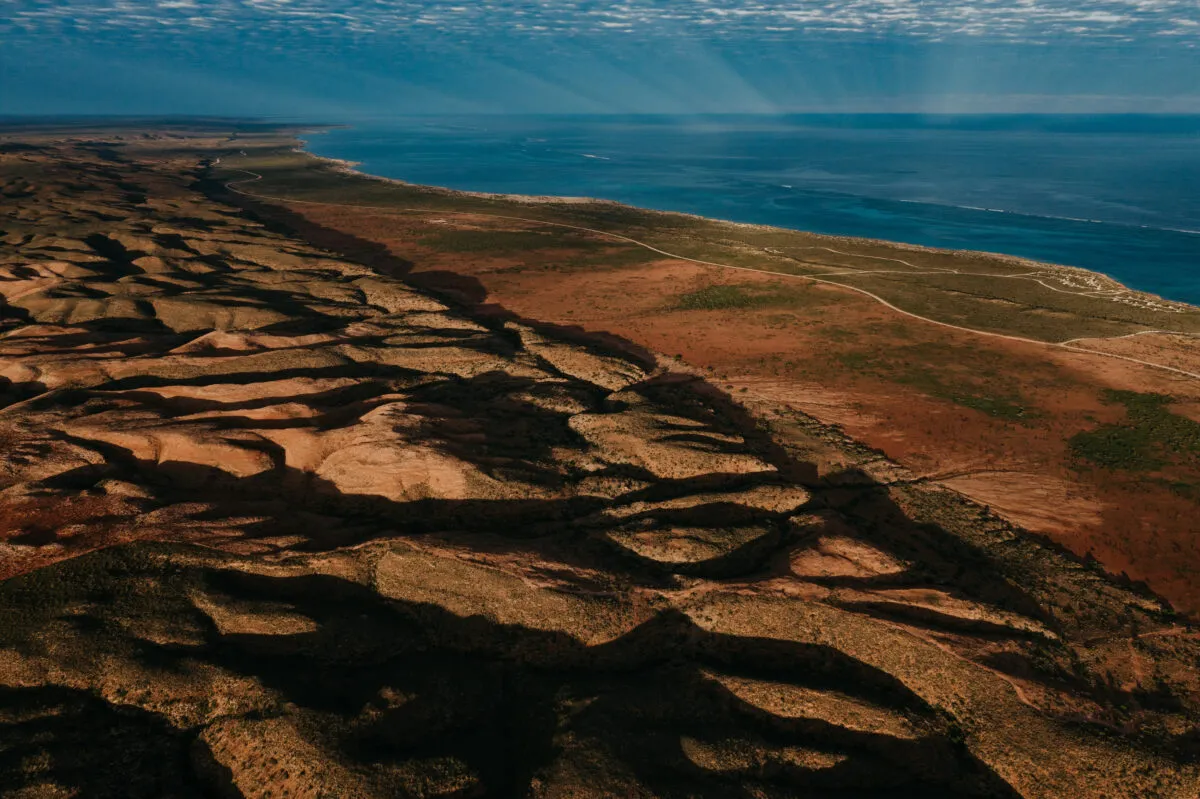
A few thousand more eclipse-chasers will be in cruise ships off the coast, coming from Perth, Broome or Bali.
There will also be a few private yachts sailing around the Muiron and Sunday islands (49 seconds from 11:30 am local time), Lowendal Islands (63 seconds from 11:34 am local time) and the remote Ashmore Reef (63 seconds from 4:04 Universal Time).
The even more intrepid will travel to Timor-Leste, a country of 1.3 million between Indonesia and Australia and ringed by coral reefs teeming with marine life.
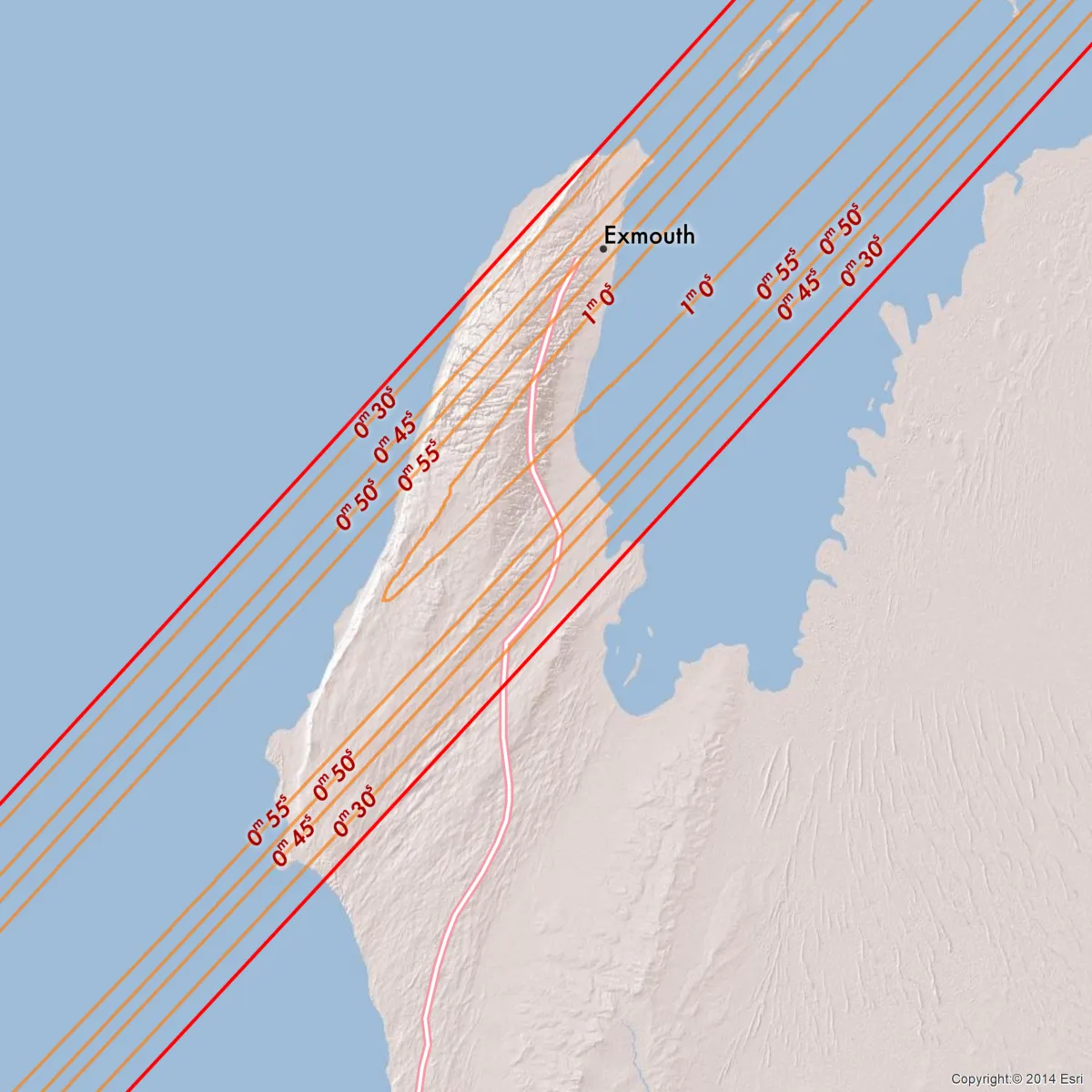
The epicenter for travellers will be the seaside villages Com (74 seconds from 1:21 pm local time) on the east coast and Beaco (74 seconds from 1:19 pm local time) on the south coast (where one organised tour is heading).
Finally comes West Papua, an even more remote island of 1.1 million where intrepid cruises will search for whales and birds of paradise with totality near Gorong Island (71 seconds from 1:40 pm local time).
An equally remote snorkelling trip will experience totality in the Banda Sea near FakFak (70 seconds from 1:44 pm local time).
How to observe the hybrid eclipse safely and how to watch online
Although the brief totality phase is perfectly safe to watch with the naked eye – that's why total solar eclipses are so popular – totality is always book-ended by a partial solar eclipse on either side, which must be viewed only through solar filters or eclipse glasses.
If you’re not going to be in the path of totality for this Thursday's eclipse then you can watch online.
Timeanddate.com have confirmed they will be hosting a livestream of the 20 April 2023 hybrid solar eclipse on YouTube, which you can see below.
Eclipse-chasers unable to reach 2023’s rather remote path of totality can at least look forward to the next total solar eclipse on 8 April 2024, when a totality of a whopping four minutes will be visible across North America from Mexico, the US and Canada.
